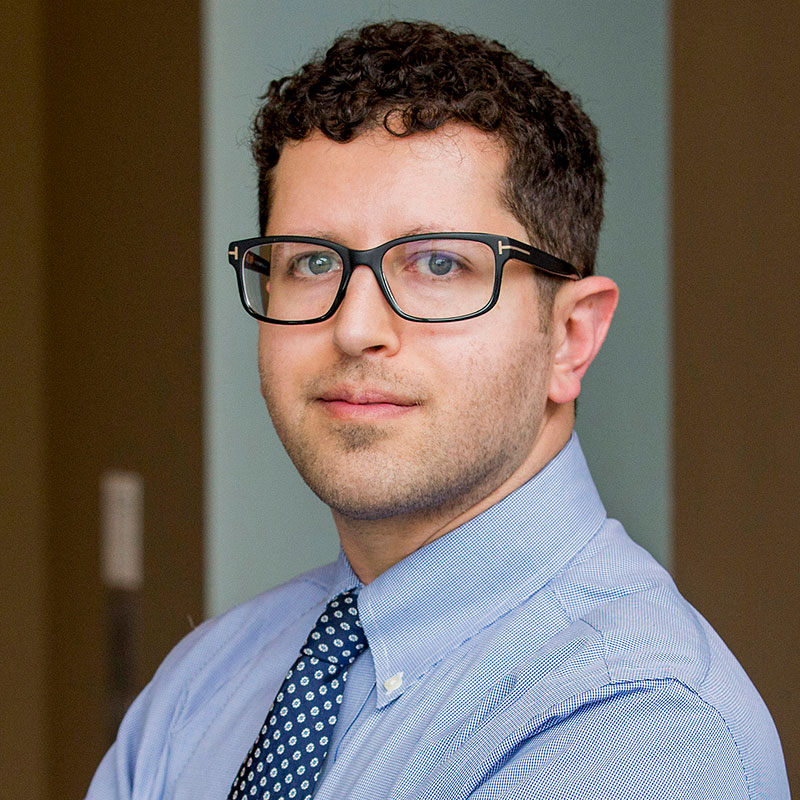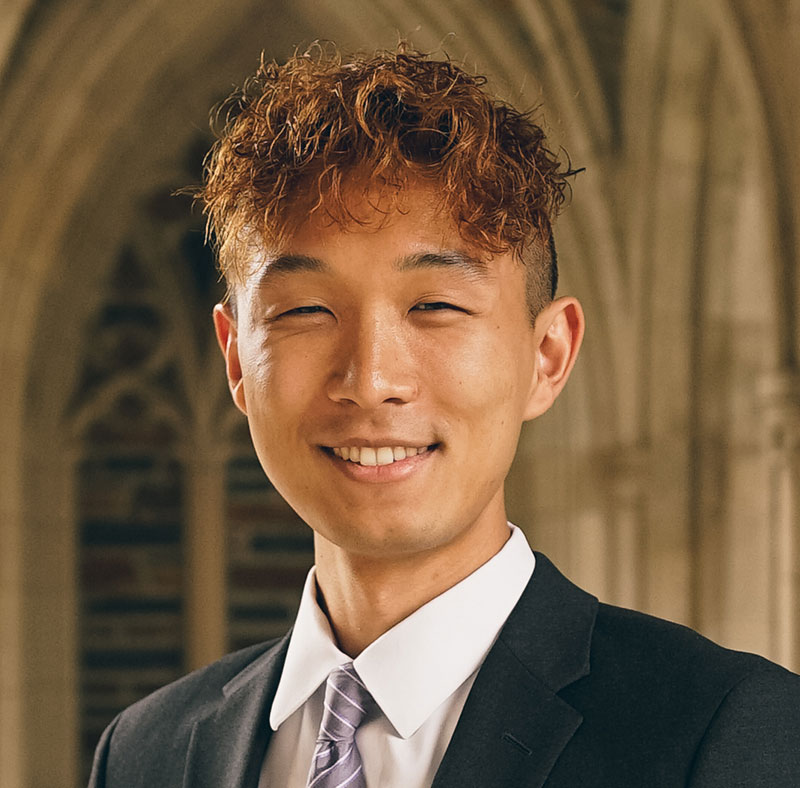-
- Find Care
-
- Visitor Information
- Find a Location
- Shuttles
- Visitor Policies
-
-
-
- Our Virtual Care Options
- Virtual Urgent Care
- Virtual Visits for Primary & Specialty Care
- Online Second Opinions
- Participate in Research
-
- Contact us
-
- For Innovators
- Commercialization Guide for Innovators
-
-
- Research News
- Alzheimer's Disease
- Artificial Intelligence
-
- Overview
-
- Overview
- Getting Started
- New to Mass General Brigham
- International Patient Services
- What Is Patient Gateway?
- Planning Your Visit
- Find a Doctor (opens link in new tab)
- Appointments
- Patient Resources
- Health & Wellness
- Flu, COVID-19, & RSV
- Billing & Insurance
- Financial Assistance
- Medicare and MassHealth ACOs
- Participate in Research
- Educational Resources
- Visitor Information
- Find a Location
- Shuttles
- Visitor Policies
- Find Care
-
- Overview
- Our Virtual Care Options
- Virtual Urgent Care
- Virtual Visits for Primary & Specialty Care
- Online Second Opinions
-
- Overview
- Participate in Research
-
- Overview
- About Innovation
- About
- Team
- News
- For Industry
- Venture Capital and Investments
- World Medical Innovation Forum (opens link in new tab)
- Featured Licensing Opportunities
- For Innovators
- Commercialization Guide for Innovators
- Contact us
-
- Overview
- Information for Researchers
- Compliance Office
- Research Cores
- Clinical Trials
- Advisory Services
- Featured Research
- Two Centuries of Breakthroughs
- Advances in Motion (opens link in new tab)
- Brigham on a Mission (opens link in new tab)
- Gene and Cell Therapy Institute
- Research News
- Alzheimer's Disease
- Artificial Intelligence
-
- Overview
-
- Overview
- Residency & fellowship programs
- Brigham and Women's Hospital
- Massachusetts General Hospital
- Mass Eye and Ear
- Newton-Wellesley Hospital
- Salem Hospital
- Integrated Mass General Brigham Programs
- Centers of Expertise
- Global & Community Health
- Health Policy & Management
- Healthcare Quality & Patient Safey
- Medical Education
- For trainees
- Prospective trainees
- Incoming trainees
- Current trainees
- Continuing Professional Development
LGBTQ+ Couples Face Barriers to Accessing Fertility Treatments

Starting a family is a complex and highly personal decision. For LGBTQ+ couples who want to have biological children, fertility preservation treatments are often the answer. These treatments allow people to have their eggs or sperm collected and stored for future use. But does everyone have equal access to these treatments?
Andrew Shin, a student at Harvard Medical School, was interested in how laws and regulations affect the diverse populations that might use these services. In the United States, the Food and Drug Administration (FDA) regulates the use of eggs and sperm in fertility preservation treatments.
With his co-authors Martin Kathrins, MD, a Mass General Brigham urologist who cares for patients at Brigham and Women’s Hospital, and Alex S. Keuroghlian, MD, a Mass General Brigham psychiatrist who cares for patients at Massachusetts General Hospital, Shin decided to study how policies affect sperm banking and sperm storage.
They published a recent article in LGBT Health detailing their findings. They found that the FDA regulations have created systematic barriers for sexually and gender diverse patients. The regulations make it more difficult and often more expensive for them to access sperm banking and storage.
“Our paper highlights that, historically, this has been a very oppressed population. This is a service that affects multiple facets of the LGBTQ+ community: transgender women, gay men, and intersex individuals,” Shin explains. “The regulations result in discrimination based on sexual orientation and gender identity, because cisgender heterosexual couples do not have these issues at all.”
Fertility preservation treatments
Fertility preservation methods include:
Preserving tissue from the ovaries
Sperm freezing
Sperm extraction
People who can benefit from fertility preservation include anyone who wants to delay starting a family, or patients with cancer or other chronic conditions that can affect fertility.
For same-sex or gender non-binary couples, fertility preservation allows them to use eggs or sperm from a member of the couple. The samples are then paired with donor eggs or sperm to create an embryo. For couples whose partners both produce sperm, a surrogate would then carry the embryo on behalf of the couple.
Fertility preservation regulations
An example of the impact of regulations
To illustrate their findings in the article, Shin and Drs. Kathrins and Keuroghlian developed a theoretical example. Cal is a 31-year-old cisgender gay man who is married to his cisgender husband. Cisgender refers to people whose gender identity is the one they were assigned at birth, or not transgender.
Cal was diagnosed with colorectal cancer and advised that chemotherapy could affect his fertility. He and his husband decide to preserve Cal’s sperm in case they want to start a family in the future. The couple would then find an egg donor and a gestational surrogate to carry the pregnancy.
Because Cal’s husband is a man who can’t become pregnant, the recipient of his sperm sample is technically not his sexually intimate partner. The couple also haven’t identified an egg donor or gestational surrogate yet. Under FDA policy, Cal’s sperm sample is classified as an anonymous donation, even though it’s intended to be used by a committed, married couple to start a family.
Unfortunately, the hospital treating Cal does not process anonymous sperm donations. He and his husband wind up having to seek care through a private fertility clinic, which costs substantially more.
Cal and his husband are a hypothetical example, but their experience is based on reality. “This is a very plausible scenario that could happen under the current guidelines. We’ve seen elements of this situation in real life. It was very upsetting for the patients,” says Shin.
“The policy is rigged against an already minoritized population,” notes Dr. Keuroghlian.
Potential solutions to ensure equity in fertility preservation treatments
In the article, Shin, Dr. Kathrins, and Dr. Keuroghlian recommend policy changes to increase access for sperm-producing people whose partners also produce sperm. They recommend the following:
The FDA should mandate that all fertility practices provide equal access to treatment, regardless of donor status.
The FDA should allow more nuance in testing requirements for fertility samples. Patient medical history, including relationship status, should be considered.
The FDA should adjust the categories of donors to recognize the sexually and gender diverse people that may be using these methods.
It may be a while before the affected populations see any policy changes. “Federal agencies do not change very easily. Blood donation guidelines for gay men have only recently changed after several decades of advocacy and a large social movement behind the issue,” Shin says.
In the meantime, the authors hope their study raises awareness about this issue. Ideally, patients won’t be blindsided when seeking fertility preservation treatments.
“Many providers may not be aware of these policies or how they affect their patients. We wanted to kickstart this conversation from an equity perspective. Hopefully as more people become aware of this issue, there will be more support for a policy change in the future,” says Dr. Kathrins.

Contributor

Contributor

Contributor
Related articles
-

published on
-

published on
-

published on
-

published on
-

published on
-

published on
-

published on
-

published on
